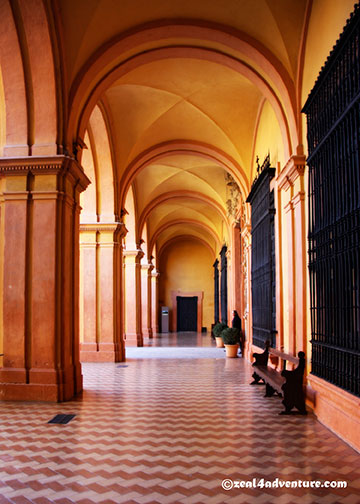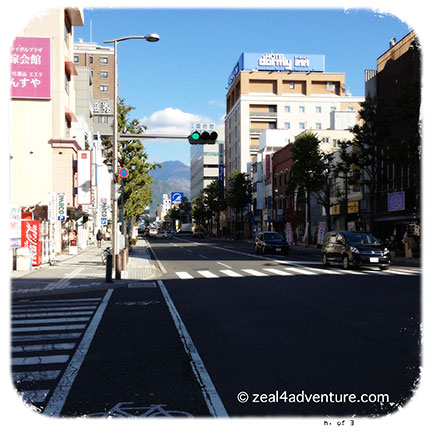 Credits: Template by J Sprague Photo collage; Paper by Scrapmuss Designs
Credits: Template by J Sprague Photo collage; Paper by Scrapmuss Designs
After a night of soulful music and dancing, elated from the cultural assimilation, we were back on the street the next day for more. The Santa Cruz district, also known as Barrio Santa Cruz, the old Jewish quarters, is just a hop away from our hostel.
Best known for its small plazas—Plaza de Santa Cruz, Plaza de los Venerables,
 Plaza Alianza
Plaza Alianza
 Plaza Dona Elvira
Plaza Dona Elvira
Plaza Alianza, Plaza de Dona Elvira among others—hidden around the lively labyrinth of narrow streets and alleys awash with shops not only of touristy souvenirs
 Sangre Espanola–burnt my MC here.
Sangre Espanola–burnt my MC here.
and bars indulged too by locals,
it is a natural gathering of visitors and the community alike. Picturesque lime-washed houses added to its charm.
And in this district stands 3 UNESCO World Heritage sites:
 The Cathedral from Plaza del Triunfo
The Cathedral from Plaza del Triunfo
the Cathedral and its Giralda, the Archivo de Indias (which we failed to enter), and the Alcazar.
On the southeast side of the Plaza del Triunfo stands the Real Alcazar, supposedly the oldest European palace still in use.
 The Alcazar from Plaza del Triunfo
The Alcazar from Plaza del Triunfo
Walking through the Alcazar is like walking through the history of Seville.
Art and architecture designs throughout the palace are marked by the diversity of cultures starting in Moorish times to the Middle Ages, the Renaissance, Baroque, and the XIX century.
Before it became the royal palace of Christian Kings, it was once a Moorish fortress. Today, it is still used as a part-time residence of the Spanish royal family, although only a few rooms are closed to the public.
Built by Moorish architecture, the structure standing today still has details of a medieval fortress.
The gardens are outstanding, but I say that the picturesque Patio de las Doncellas, the Ambassador’s Hall,
with its tranquil pond that reflects the Mudejar plasterwork will transport you to another time. The intricate carvings and mosaic will leave you in awe.
The castle is huge, which took up half of our day. All the walking left us craving for tapas. And my notes tell me that Bodega Santa Cruz is the place to be when in the area.
The bar wasn’t swarming with people yet, as it was only half past 11, so we easily found a table at the corner, in plain view of our bartender who wrote our orders down in chalk.
 Left to right: pringa, berenjenas con miel (fried aubergines with honey and salt), lomo chipiona
Left to right: pringa, berenjenas con miel (fried aubergines with honey and salt), lomo chipiona
One by one, he calls out our orders, pringa, lomo chipiona, alitas de pollo, berenjenas con miel… all good that left us gratified.
And after wandering through the barrio, we were back for more tapas, al fresco this time.
We settled for Café Alianza at the plaza of the same name.
Satisfying early dinner in a lovely square, a great way to cap the day.






















